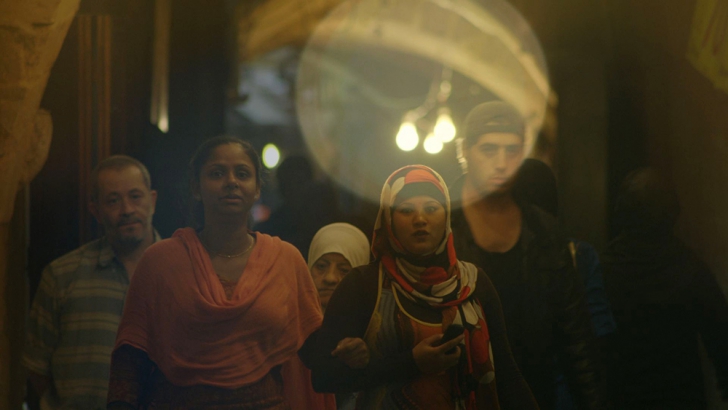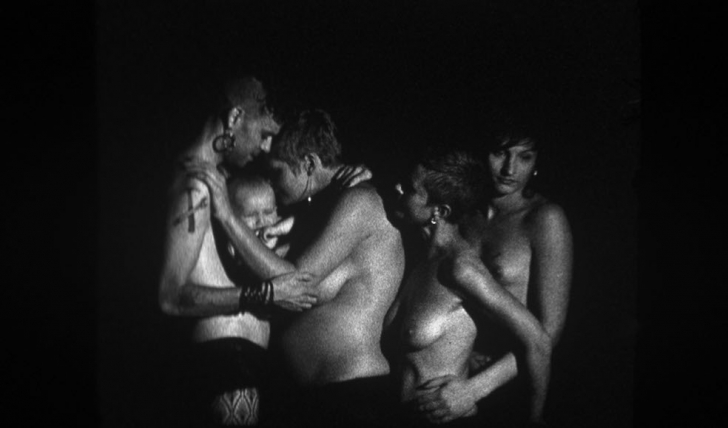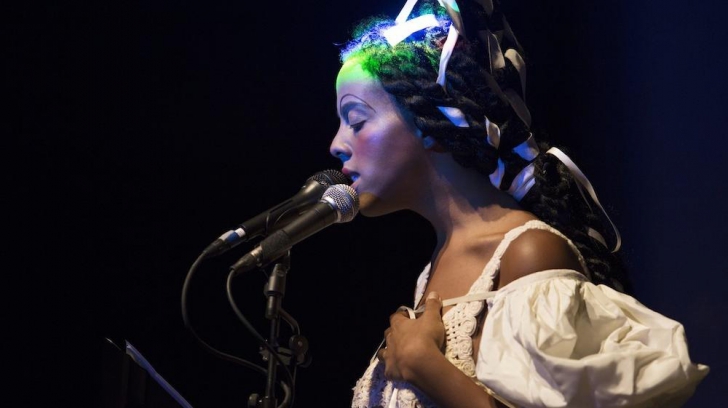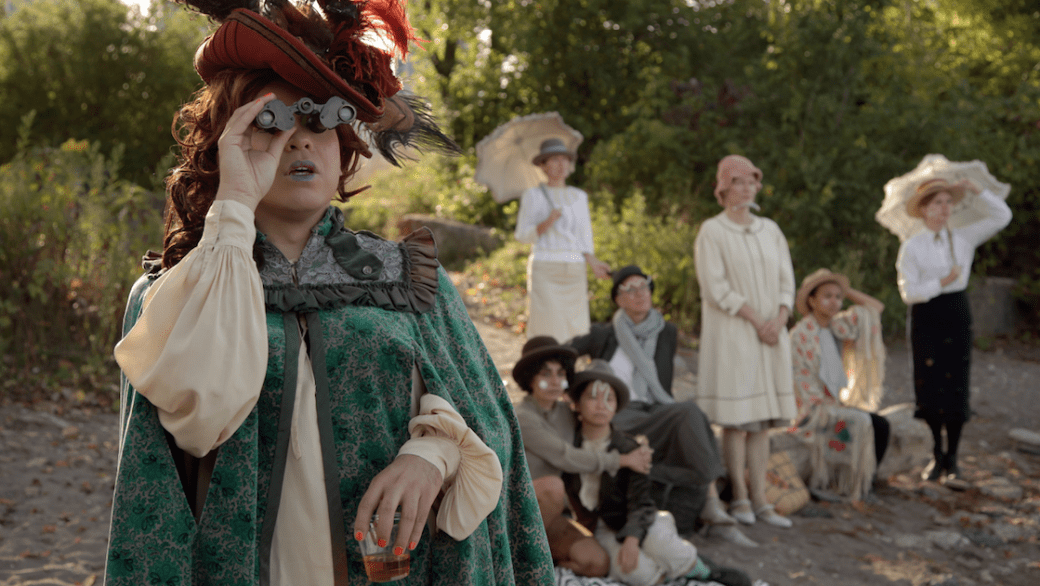Do the words “experimental film” make you cringe? Well, they shouldn’t. Unconventional approaches to art-making are as much a part of queer history as bathhouses, pink triangles and protest marches. Now in its 29th year, Toronto’s Images Festival showcases film, video, performance and installation works that sit comfortably outside the mainstream. Queer artists of course feature a prominent place in their lineup, and we’ve scoured the program to find the best of the fest.

Gender Talents/Deseos/Beloved Martina
Carlos Motta
Mercer Union, 1286 Bloor St W, Toronto
Thursday, April 14–Saturday, June 4, 2016
New York artist Carlos Motta jams three different contributions into one exhibit. Gender Talents presents five video portraits of American intersex activists. The quintet discuss their personal and political battles relating to their identities and the community’s ongoing struggle with consent around surgeries and the assignment of gender at birth. His film Deseos is based on imaginary correspondence between two people in the early 19th century separated by geography and culture: Martina, a Colombian prosecuted for being a “hermaphrodite,” and Nour, a woman living in Beirut during the Ottoman Empire, forced to marry her female lover’s brother to fix her lesbian leanings. Finally, his installation Beloved Martina looks at Greek, Roman, Renaissance and 19th-century artistic representations of hermaphrodites. Part of a decade-long series where Motta engages with the histories of sexual and gender politics, the works aim to shape counter histories, offering alternative narratives for how queers got to where we are today.

Isla Santa Maria 3D
Oliver Husain
Gallery TPW, 170 St Helens Ave, Toronto
Thursday, April 14–Friday, June 3, 2016
If you locked a group of sci-fi nerds in a room with a gaggle of club kids and asked them to create a 3D film, you might end up with something like Isla Santa Maria 3D. Set in the year 2294, Oliver Husain’s kooky contribution begins with representatives from planets around the galaxy, gathering on a holo-deck to hopefully uncover events from a key turning point in history which has ultimately led to their disastrous present. The queer Toronto artist found part of his visual inspiration in the 1999 Siegfried and Roy biopic The Magic Box, the first 3D film he ever saw, which used paper theatre and animated cut-outs to tell part of the gay — though mostly closeted — magician couple’s story. He also turned to Jack Halberstam’s book The Queer Art of Failure, a 2011 work which argues for resisting normative models of success and instead using defeat as a path to queer utopia. Isla Santa Maria features several Toronto queers, including Hotnuts queens Mary Messhausen, Buzz Hunneedew and Peg (who’ll host Shlumpadinka Couture during the festival). Shot with 3D technology but offered up without the requisite viewing devices, the work will likely leave audiences a little crosseyed, which is exactly what Husain intends.

Spermwhore
Anna Linder
As part of “How Should a Person Be?”
Jackman Hall, AGO, 317 Dundas St W, Toronto
Sunday, April 17, 2016, 7–8pm
The title of Anna Linder’s experimental film sounds like the first in a series of highly successful bukake flicks. But the Swedish artist’s contribution is actually a look at the challenges of procreation outside of normative hetero couplings. Using a combination of colour and black and white Super 8, she and her crew shot different types of textiles in motion to create a room with constant flickering spots and swirling sound. Though the piece was inspired partly by Linder’s own life, there’s no literal story on display here. Rather, the film aims to create a highly abstracted representation of the emotions associated with longing for children, pregnancy and miscarriage through a queer lens. Aside from the additional challenges queer reproduction brings, Spermwhore examines queer parenting as an act that’s as political as it is personal, from the initial longing for a child to the overwhelming joy that comes with success after years of trying.

There Are Certain Facts that Cannot be Disputed
Juliana Huxtable
The Power Plant, 231 Queens Quay W, Toronto
Saturday, April 23, 2016, 7pm
The advent of the internet was an unquestionably important turning point in queer history. The technology allowed our communities to access information, to share stories, and (obviously) to hook up. Fast forward 20 years and what was once a scant smattering of barely functional websites has become a near limitless expanse of data, with endless troves of messages, photographs and videos left in our wake as we create and shed identities. Created by artist, trans-activist and nightlife impresario Juliana Huxtable, There Are Certain Facts straddles multiple mediums and genres to mine the uncharted data created through our online existence. Realized in collaboration with an ensemble of music, sound and video, Huxtable approaches the web as a resource for discarded and marginalized histories. Perhaps she’ll even pull up that Geocities website you made about your houseplants in 1998.
imagesfestival.com


 Why you can trust Xtra
Why you can trust Xtra


